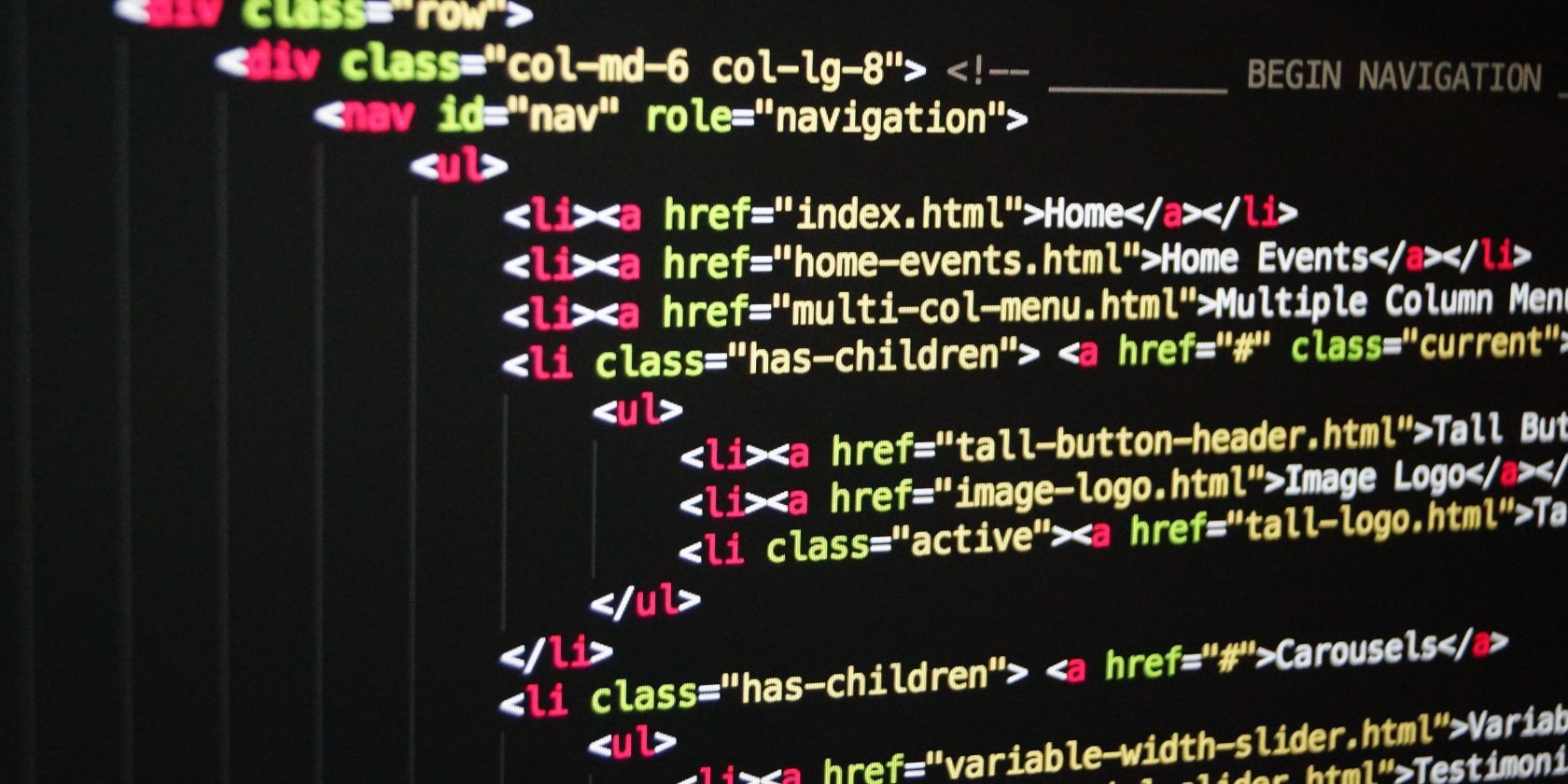Signal Interference in Electronics Boards
EMI (electromagnetic interference) is caused by the interaction of various components on a printed circuit board and can interfere with its function. The main methods of preventing signal interference are through proper shielding, good grounding and filtering. The first step in protecting a PCB is to understand what causes electromagnetic interference. A number of factors can lead to EMI, including the size and position of metal areas on the board, which can act as antennas and radiate EMI; proximity between high-speed signals; and improper traces, which can cause cross-talk.
The best way to protect a printed circuit board against EMI is through proper shielding, which prevents EMI by blocking the flow of electricity through the electronics board. However, there are many different ways to do this, and the method that works best depends on the source of the EMI. Some methods include a Faraday cage, which is a thick metallic enclosure that blocks EMI; component shields, which encapsulate a specific part that produces EMI and connect it to the ground plane; and circuit board shielding, which covers the entire board.
Often, the biggest culprit of EMI is metal parts that are too close together. This can result in EMI from parasitic capacitance and inductance, which reduces the current flow through a signal path. The problem can also arise from the use of wrong-sized metal parts, which increases the capacitance or inductance and leads to interference. Another issue is the presence of resonant frequencies in metals, which can lead to EMI noise.

How to Prevent Signal Interference in Electronics Boards
Other sources of EMI can be caused by the interaction of different circuits on a PCB or from outside influences. Simultaneous switching noise, for instance, occurs when many outputs of a chip change at the same time, causing noise that is then radiated as EMI. The simplest way to avoid this type of interference is to separate analog and digital circuits on a multi-layer board.
Traces are conductive paths that carry flowing electrons on a PCB while the circuit is active, but they can be just one mistake away from acting like a radiation-emitting antenna. To avoid this, a PCB designer must follow the top EMC design rules. These guidelines include minimizing the length of the trace, routing high-speed signals and clocks to a separate layer from sensitive signals, and using bypass or decoupling capacitors to reduce current leakage.
It’s also important to make sure that all traces have a clear return path to the ground plane, which will reduce interference. The circuit design should also take into account the physical dimensions of the components and the circuit boards to minimize any unnecessarily large gaps between them. Finally, the copper should be laid on thick enough to ensure that the positive and negative ends of the circuit are connected. This is important because if these points are not connected, the circuit cannot be powered, and the device will not work properly. In some cases, technicians will have to desolder and replace a failed component, which is known as rework.



